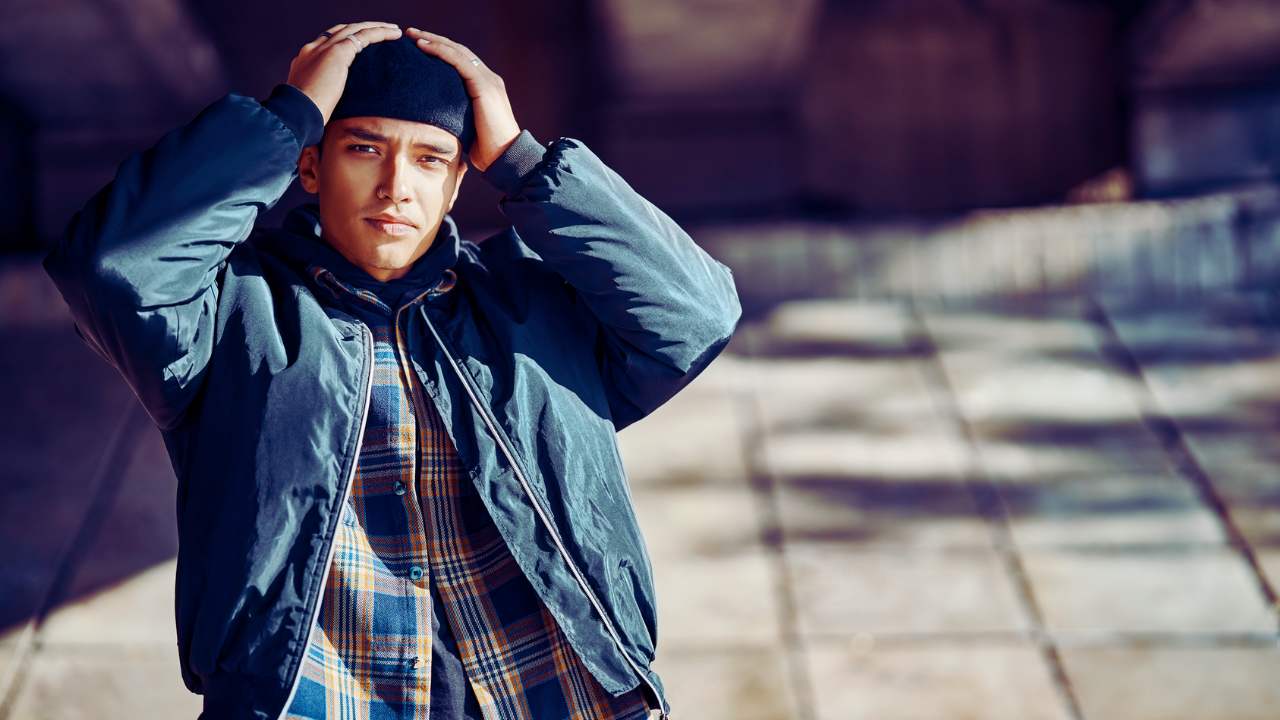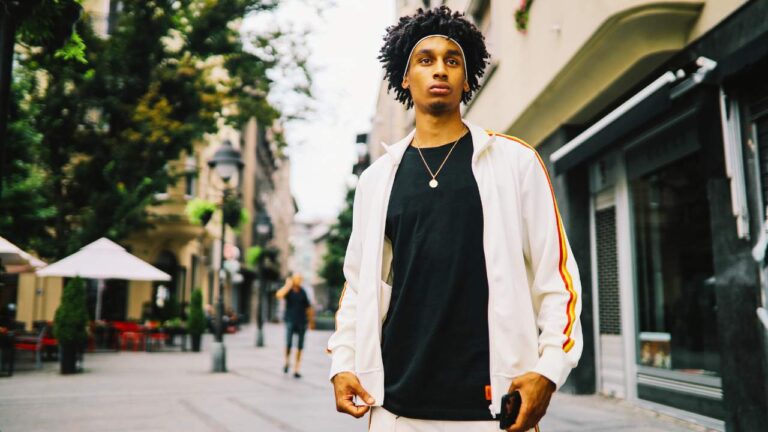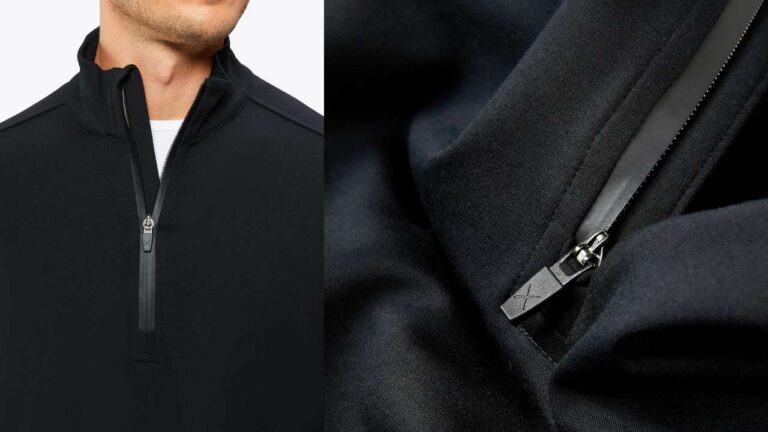Unraveling the Threads of Fashion Culture

Fashion Culture! This dynamic collection of ideas, practices, and aesthetics related to fashion is far more than just the threads you pull onto your body daily.
It’s an all-encompassing realm, spanning from the freshest clothing trends to those sick beauty standards and stretching to the far corners of accessories and beyond. You know what I’m talking about – the dope vibes you feel when you put on that just-right outfit or that swagger you gain from a killer accessory. That’s the potent, intoxicating brew of fashion culture at work.
Peeling Back the Layers of Fashion Culture
Don’t be fooled into thinking fashion culture is merely about what threads you do on your person. Oh no, it’s about so much more than that! It’s about the impression you make when you enter the world, the message you send with your look. Fashion culture is the embodiment of the entire fashion industry. It’s the designers sketching their visions, the models strutting their stuff, the stylists curating the vibes, the influencers broadcasting the trends, and, of course, the consumers who are the lifeblood of the industry.
Why is fashion important to culture?
What is the importance of fashion culture in today’s society? It’s monumental, folks. Fashion culture is the canvas on which we paint our individuality, a platform for creative self-expression. It enables us to put our unique stamp on the world, wear our personalities on our sleeves, and strut our interests like a peacock’s plume.
But hold up. There’s more. This culture of fashion isn’t just a playground for creativity. It’s a powerhouse driving our economies. The fashion industry rakes in billions of dollars annually across the globe, securing jobs for movers and shakers – from designers to manufacturers, retailers, and models.
Imagine a world without the fashion industry. Cringe, right? Our economies would be left gasping for breath. But hey, we’re not just talking economics here. Fashion culture’s influence seeps into our cultural norms and social issues too. Think about it. Body image and inclusivity standards are all part and parcel of the fashion and culture convo.
Fashion: The Activist’s Tool
Fashion has transformed into a megaphone for activism, championing social causes like environmental sustainability, diversity, and inclusion. It’s a loud, clear voice in a world that often tries to muffle dissent. Whether we consciously sign up or not, we’re all players in this game of fashion culture.
So, the next time you button up that shirt or slip on those boots, remember: you’re not just getting dressed. You’re stepping into a world, a culture, that’s shaping society, driving economies, and changing the conversation. And that, my friends, is why fashion culture isn’t just influential – it’s crucial. It’s not a frivolous pastime; it’s a powerful force that deserves more credit than it’s often given. So, here’s to fashion culture – a fresh and profound influence, making waves and looking dapper. Let’s give it the props it deserves!
A Walk Down the Runway of Fashion Culture History
Feast your eyes, gentlemen, on the fashion culture – a captivating tapestry woven through centuries, a timeless story of style, swank, and swagger. From the earliest civilizations to the hustle and bustle of our modern era, fashion trends have morphed and matured, mirroring the kaleidoscope of changing times and cultures. So, let’s doff our hats to some of fashion culture’s standout historical moments that continue to inspire that dapper look we all crave.
The Cradle of Fashion: Ancient Civilizations
Believe it or not, fashion culture’s genesis can be traced back 5,000 years. Our style-savvy ancient Egyptian pals were already all about those dope clothing embellishments and accessories. And let’s not forget the Greeks and Romans, who brought their A-game with embroidered tunics and draped togas. These ancient styles still ignite the creative sparks in many of today’s designers, keeping the culture of fashion alive and kicking.
The Statement Pieces of the Medieval Era
Fast forward to the Medieval era, and you’ll find clothing transforming into a social status symbol. The rich and powerful draped themselves in elaborate dresses spun from luxe materials like silk and velvet. But, conversely, the peasants kept it real in simpler garb made from wool or linen.
The Renaissance: A Fashionable Awakening
The Renaissance breathed new life into the classical Greek and Roman styles, drawing attention to intricate designs that celebrated the human form. This era was the turning point, the dawn of fashion as we know it today, with tailoring starting to look much more slick and sophisticated.
Fashion Meets Industry
The Industrial Revolution was a game-changer in the fashion scene. Ready-to-wear clothing broke the barriers of high society, becoming accessible to Joe on the street. In addition, new manufacturing techniques paved the way for the mass production of clothing items, making fashion more affordable and available.
Fashion Culture in the Modern Era
Fast forward to the modern era, and fashion culture intertwines with popular culture like never before. Take the ’60s, for instance. This decade was all about men’s business casual clothing styles, influenced by youth movements like the mod culture. The ’80s, on the other hand, were about bold colors and unconventional designs, with emerging technologies like video games playing muse.
From its humble beginnings to its current status as a global influencer, fashion culture has journeyed a long way. As society continues to evolve, so does the fashion landscape, reflecting the tastes and trends of the times, ever fresh, ever dope. So, here’s to fashion culture – a testament to our past, a mirror to our present, and a beacon to our future.
Fashion Culture in the Now: High Fashion, Street Fashion, and the Power of Social Media
The world of fashion, my friends, isn’t just a monolith. It’s a multifaceted universe, and today we’re delving into two of its most compelling realms: high fashion and street fashion. Of course, these two distinct spheres have coexisted for years, each with its rules, swagger, and audience. But the line between them is blurring, and that’s all thanks to the culture of fashion being reshaped by the mighty force of social media.
High Fashion: The Crown Jewel
High fashion, or haute couture, is all about the glitz, the glam, and the grandeur. It’s a playground for the elite, a world where exclusivity and luxury are the name of the game. Picture this: runway shows with models strutting designer labels that sport price tags that’ll make your eyes water.
Now, these runway shows aren’t just about the clothes. They’re a spectacle, a dazzling display of creativity and opulence, with designers locked in a fierce battle to outdo each other. It’s almost a competition of who can conjure up the most outrageously impractical yet breathtakingly beautiful outfit. That, my friends, is the high-fashion scene in all its glory.
Street Fashion: The People’s Choice
Now let’s flip the script and talk about street fashion. Here’s where individuality, self-expression, and affordability take center stage. It’s fashion for the masses, relatable, and within reach. And who’s leading the charge in the world of street fashion today? Influencers.
Social media platforms, like Instagram, have catapulted influencers to the frontline of the fashion industry. Armed with large followings, these style gurus set trends and shape the fashion and culture narrative, one outfit post at a time. They’re the antidote to the high-fashion extravaganza, bringing fashion culture back down to earth and making it more accessible and relatable.
Social Media: The Game Changer in Fashion Culture
Social media has turned the fashion world on its head. It’s transformed how we devour information about the latest trends, how we shop, and who we look to for fashion inspiration. Gone are the days when fashion was dictated by glossy magazines. Today, influencers are the tastemakers, deciding what’s fresh and what’s not.
The rise of Instagram influencers has democratized fashion in a way that was unthinkable in pre-social media. Suddenly, everyone has access to a never-ending stream of outfit inspiration from across the globe, and no need to rely on traditional gatekeepers like editors or buyers.
The result? A revolution in the culture of fashion. No longer is fashion culture a puppet in the hands of the elite. Today, it’s driven by everyday people, individuals expressing their unique style on social media platforms.
So, here’s to the new era of fashion culture, where the runway meets the street, where high fashion and street fashion exist side by side, reshaping and redefining each other. An era where you, yes you, can be a trendsetter, a tastemaker. It’s a fresh, dope time to be a part of fashion culture!
The Intricacies of the Business of Fashion Culture
An Inside Look at the Fashion Industry
Let’s talk numbers for a second because when it comes to the fashion industry, they’re big, really big. We’re talking “worth $2.5 trillion in 2019” big, according to the folks over at McKinsey & Company. So you heard that right, fashion isn’t just about glitz and glamour; it’s a serious money-making machine.
But like the man said, “With great power comes great responsibility,” and the fashion industry has been slacking off. The lack of transparency and the less-than-stellar track record on environmental and human rights issues make it clear that there’s a darker side to the culture of fashion.
The Glitter of Luxury Brands
Luxury brands they’re like the crown jewels of the fashion industry. Known for their exclusivity, high prices, and an obsession with detail and craftsmanship that’s borderline fanatical. These brands are all about the finest materials, the perfect cut, and the impeccable finish. They’re a status symbol, a shiny badge of wealth and affluence.
But let’s not let the dazzle blind us to the ethical issues lurking in the shadows. Accusations of sweatshop usage, sourcing materials from conflict zones, and other unsavory practices have been leveled against many of these brands. Not exactly what you want to be associated with your dope new luxury jacket, right?
The Rush of Fast-Fashion Brands
Then we’ve got the fast-fashion brands, the speed demons of the fashion world. These guys are all about getting the latest trends to the masses and doing it at breakneck speed. Low-cost, on-trend clothes that are accessible and affordable? It’s a tempting proposition.
But fast fashion has a dark side too. Sweatshops, child labor, and a culture of disposable clothing that’s choking our planet and filling our landfills. It’s a heavy price to pay for that cheap, trendy tee.
Turning the Tide: Sustainability in the Fashion Industry
The fashion industry needs to clean up its act. Sustainable practices need to be the norm, not the exception. We’re talking eco-friendly materials, organic cotton, recycled fabrics, the whole nine yards. And let’s not forget fair labor practices because fashion and culture shouldn’t come at the cost of human rights.
Brands like Patagonia lead the charge, putting sustainability at the heart of their operations, from reducing waste to ensuring safe working conditions at every production stage. It’s a fresh, responsible approach to fashion that other mainstream brands need to embrace.
So here’s the deal: the culture of fashion is at a crossroads. It can continue down the same path or evolve to become more responsible and sustainable. And as consumers, we have a part to play in nudging it in the right direction. After all, every dope outfit we buy is a vote for the fashion culture we want to see.
The Eclectic Tapestry of Fashion Culture: Subcultures in the Mix
Looking Beyond Mainstream Fashion
Let’s step off the beaten track for a moment. Beyond the glitz and glamour of the mainstream, a whole different world of fashion awaits exploring. Fashion isn’t just about what’s hot on the runways or in the glossy mags; it’s also about the rich tapestry of subcultures, each sporting its own swagger and unique identity.
These subcultures have been strutting their stuff for decades, and they’ve had a significant impact on the fashion scene. Case in point: the Gothic style and the Streetwear culture. They couldn’t be more different, but they’re both integral threads in the fabric of fashion culture.
Gothic Style: A Journey Through Time
Gothic style, it’s like the dark horse of fashion. Its roots go way back to the late medieval period, with its noir aesthetic, brooding makeup, and an ambiance that’s just a bit eerie. Fast forward to today, and you’ve got a style that’s retained its dark roots but has embraced a modern vibe.
Black’s still the name of the game, but there’s a touch of Victorian drama in the mix too. Think corsets, lace-up boots, and skirts that flow like they’ve got a life of their own. Of course, it’s not everyone’s cup of tea, but for those who love to flirt with the darker side of fashion, it’s a match made in heaven.
Gothic in the Mainstream
Lately, we’ve seen a resurgence of this dark aesthetic in popular culture, and it’s trickled down into mainstream fashion. Designers like Alexander McQueen, with his sick skull motifs, and Marc Jacobs, with his Victorian-tinged collections, they’ve been dipping their toes into the Gothic pool.
These modern Gothic influences add a fresh and exciting twist to contemporary fashion, shaking things up and keeping us all on our toes.
Streetwear Culture: From the Streets to the Runways
Streetwear culture, it’s the other side of the fashion coin. This is fashion born on the streets, inspired by hip-hop culture, and popularized by icons like Run-DMC, LL Cool J, and Public Enemy.
Streetwear’s come a long way since its early days. It’s now a fully-fledged subculture with unique aesthetics and values. Baggy clothing, bold graphics, and a mash-up of high-end and low-end brands that’s the essence of today’s streetwear.
The Takeaway
The beauty of fashion culture lies in its diversity. From the dark allure of Gothic style to the edgy cool of Streetwear culture, there’s something for everyone. It’s all about expressing yourself, showing off your individuality through your sartorial choices.
As a seasoned player in the fashion game, I can tell you this: subcultures are the lifeblood of fashion. They offer a fresh, alternative perspective, challenging mainstream notions of what’s “in” and pushing personal style boundaries. They’re what keeps fashion culture exciting, dynamic, and forever fresh.






